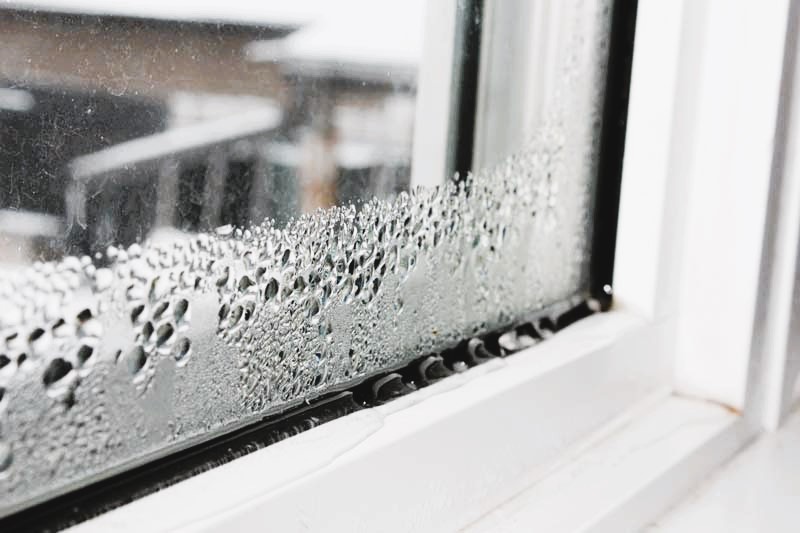During this particular season, I find myself involved in numerous indoor air quality inspections and evaluations due to the emergence of condensation-related issues. Older clients often reminisce about how, during their youth, mold and similar indoor conditions seemed less prevalent. This is primarily attributed to the evolution of building techniques over time.
In the earlier part of the 20th century, homes were characterized by their draftiness, difficulty in heating, and general discomfort by today’s standards. As energy conservation gained prominence in the 1970s, homeowners began incorporating insulation and vapor seals to retain heat within their abodes. However, this led to a prolonged presence of moisture indoors and a reduction in natural air leakage, impeding the influx of fresh air.
The transition from standard wood-burning fireplaces to air-tight wood stoves and other energy-efficient wood-burning appliances further hampered the ability of homes to exhaust damp air effectively. Additionally, as insulation and vapor seal levels increased, wall cavities and attic spaces grew colder, creating an ideal environment for condensation to form. Early vapor seals were not entirely effective and allowed warm, humid air to infiltrate cavities with added insulation.

Imagine pouring a glass of cold liquid on a hot day or observing condensation on single-pane or aluminum windows in older homes. The meeting of cold and warm air leads to the formation of dew, resulting in moisture collection on the warm side or the exterior of the glass.
Compounding the issue, inadequate attention was given to ventilating indoor humidity sources such as bathroom fans, kitchen fans, and dryers. As humidity was allowed to linger longer in tighter homes, problems arose. Crawl spaces with soil floors and no vapor/ground seal added several gallons of water daily to the living environment from the crawl space alone.
Proper roof/attic space ventilation and the presence or absence of mechanical ventilation in the living space also play crucial roles in this equation. Changes made to one system or component can set off a domino effect, necessitating alterations in other systems or components to adapt to the new environment. Failure to consider such adjustments may lead to unforeseen problems. Like the article? Read also about Mold Issues In Attics.
For example, replacing a wood shake/shingle roof on strapping with plywood and asphalt shingles alters the attic’s drying potential. While wood roofs and strapping facilitate moisture flushing and better drying potential, covering the strapping with sheet goods and installing asphalt or composition shingles increases airtightness, requiring additional considerations to avoid undesirable mold or rot conditions.

In the 1980s and 1990s, the drive for airtight homes resulted in indoor air quality becoming a concern. Building techniques were modified to incorporate air recovery ventilation equipment (HRVs) in an attempt to rectify the issue. Nowadays, homes built in regions with stringent code-related building inspections are relatively airtight, with more emphasis on humidity control, making them less prone to condensation issues. However, this also means increased potential for rapid rot and mold growth if moisture manages to infiltrate, as it becomes more challenging for the moisture to escape.
Each home possesses unique characteristics, and the occupants’ varying lifestyles can significantly influence the moisture levels and the home’s ability to breathe or flush humidity adequately. Therefore, it is advisable to seek the expertise of qualified professionals for a comprehensive evaluation of the home’s condition when dealing with condensation issues.
By making appropriate adjustments to living spaces, attics, and crawlspaces concerning ventilation, the occupants’ quality of life and the home’s condition can be improved, mitigating secondary damages such as mold, rot, and ongoing water damage resulting from condensation or other moisture sources. More information on this topic can be found on Wikipedia.



